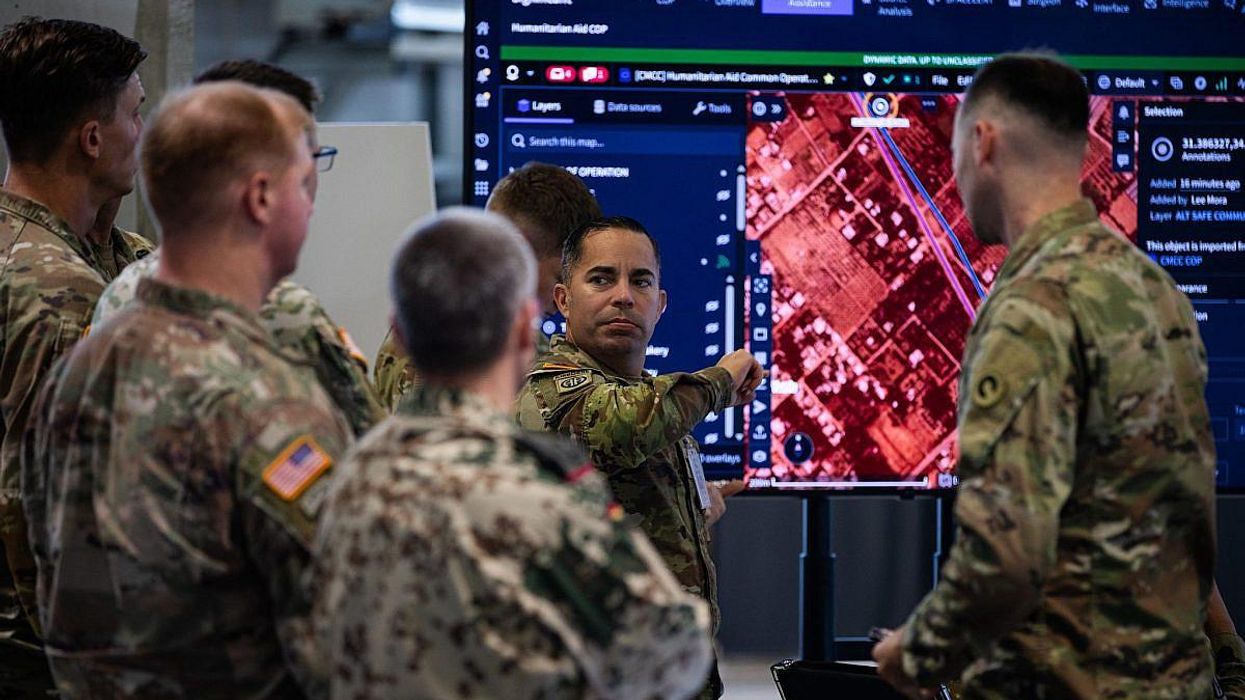There has been much hand-wringing about President Biden canceling his trip to Australia for the Quad summit and to Papua New Guinea for a meeting of Pacific leaders (though he is attending the G7 summit in Hiroshima). The domestic paralysis over the debt ceiling may be serious, but the foreign policy implications of the canceled visits are not.
The leaders of the four Quad countries (Australia, India, and Japan, apart from the United States) will still meet in Hiroshima, and thus a de facto Quad summit will take place. It won’t have the pomp of the canceled Australia event, but substantive discussions will still take place. (However, the fact that the Quad has delivered little of substance more than five years into its second wind — except a steadily deepening military exercise, officially disowned by the grouping — is a topic for another discussion.)
The Papua New Guinea visit cancellation is more consequential. The United States is reportedly about to sign a sweeping military pact with PNG, aimed at China. Biden’s visit was likely a bequeathal of status to the far poorer and weaker Asian nation. It may also have been aimed at settling any outstanding issues in the deal. That effort may be delayed but it is unlikely to die because a president doesn't go. The power asymmetry and the overweening presence of close U.S. ally Australia in the region ensures that PNG can be ably coaxed or otherwise persuaded to follow through.
In fact, more attention should be paid to the PNG military pact. An unconfirmed leak suggests that the deal will give the United States military sweeping access to ports and territory in PNG. The presence of U.S. troops there will be governed by a reportedly highly unequal Status of Forces agreement. Most likely this is why the White House followed the cancellation up with an invite to PNG prime minister James Marape to Washington later this year for a summit with Pacific island nations.
This is hardly a new experience for the Global South, of course, where power differentials have contributed to such lopsided arrangements in the past — and have sometimes created a backlash downstream which can harm U.S. interests and influence. There is currently very little debate within America of expanding the U.S. military footprint in Asia and the Pacific. If only the mainstream media spent more time covering that, than the rather inconsequential cancellation of a couple of presidential visits.
















